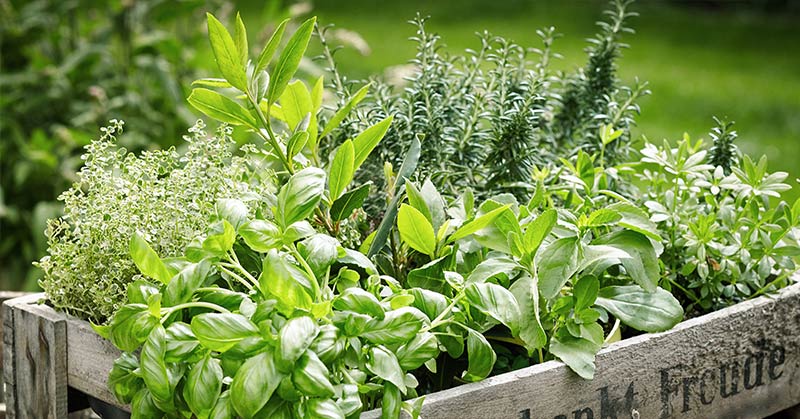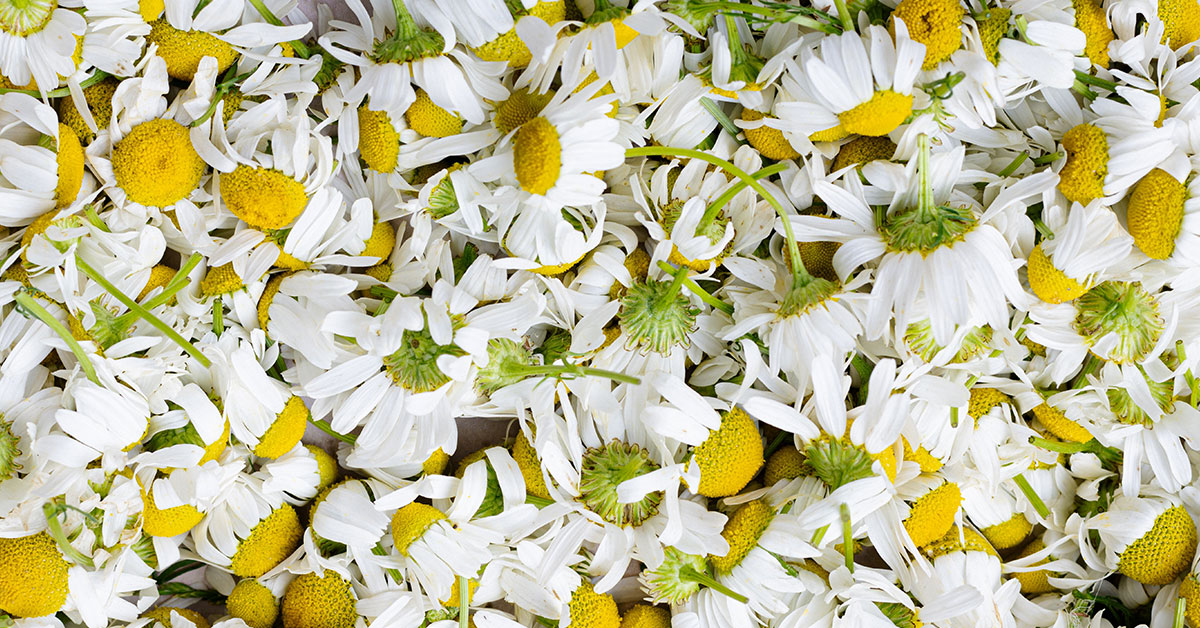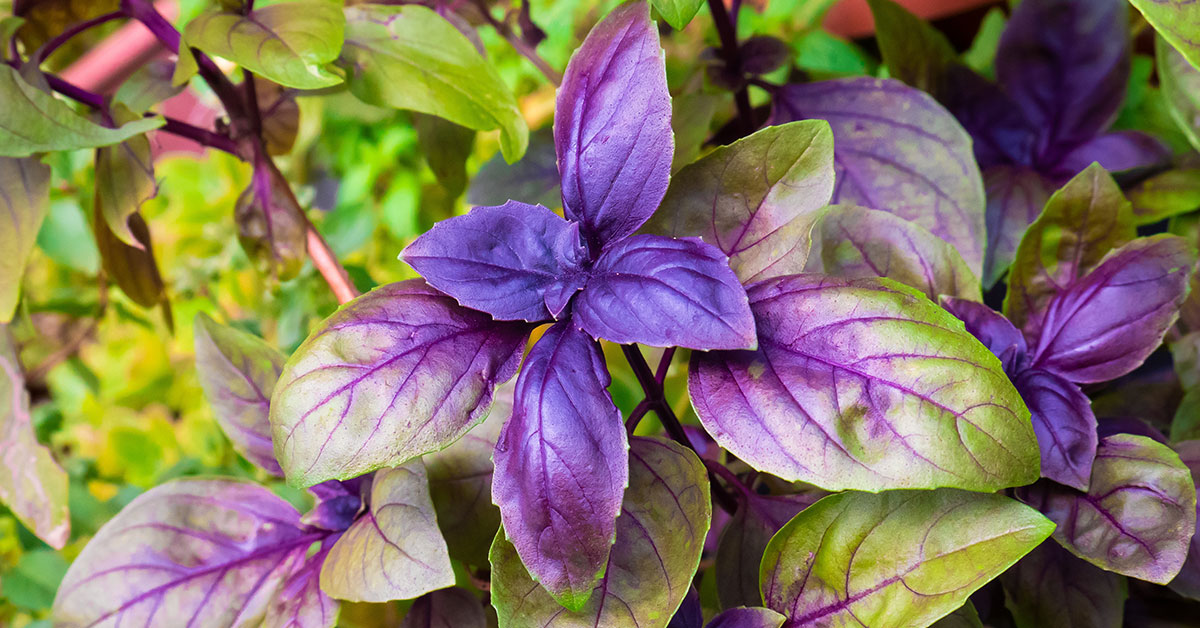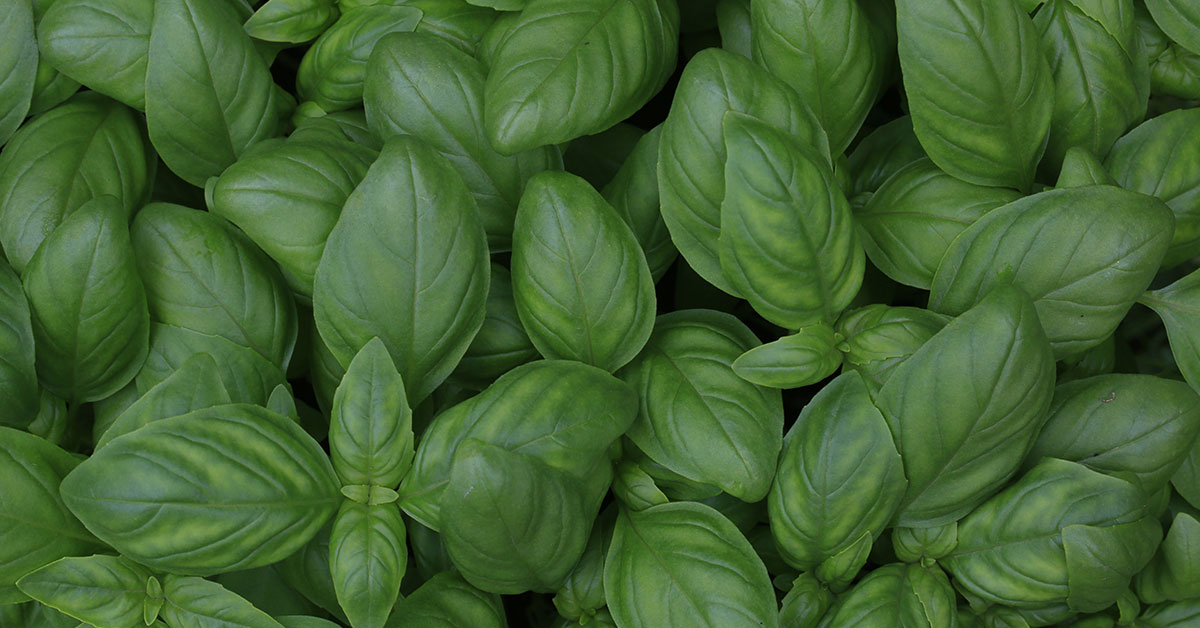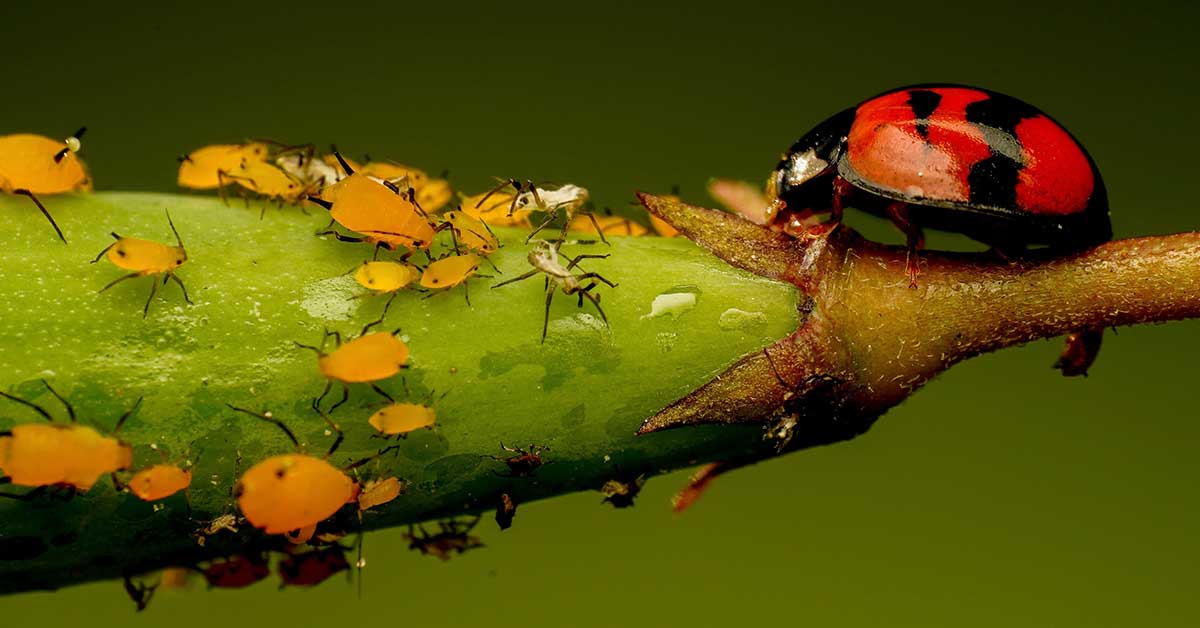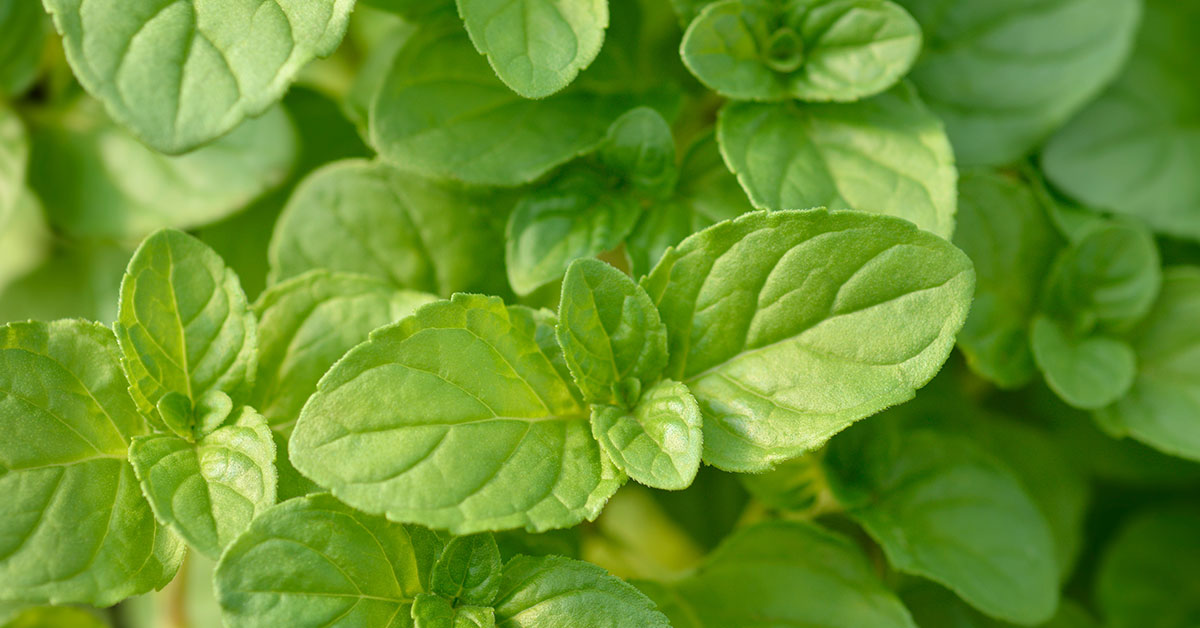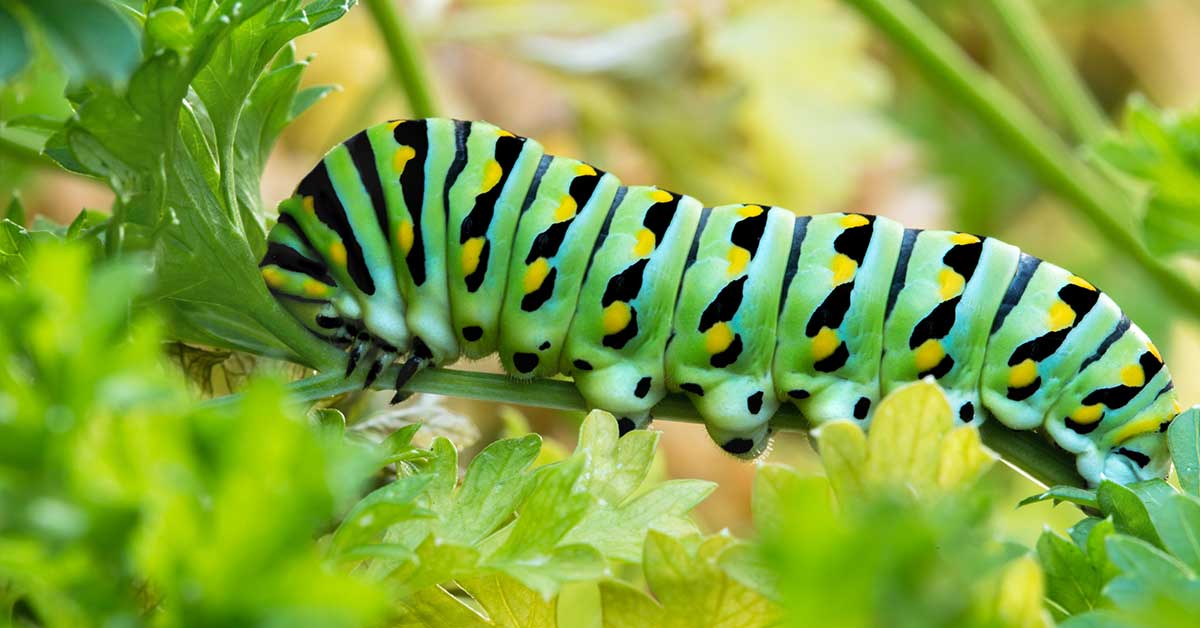Welcome to the world of herb gardening in the United Kingdom! Whether you are a seasoned gardener or a beginner looking to embark on a new green adventure, understanding the best time to plant herbs is essential for a successful and vibrant herb garden. With its ever-changing weather patterns and temperate climate, the UK offers a unique environment for herb cultivation. In this article, we will delve into the intricacies of planting herbs in the UK, exploring the various factors that influence the ideal timing, such as frost dates, soil conditions, and the specific requirements of different herb varieties.
So, grab your gardening gloves and get ready to learn when and how to sow the seeds of aromatic basil, robust rosemary, and countless other delightful herbs in this green and pleasant land.
What are good varieties of herbs in the UK
There are many good varieties of herbs that grow well in the UK. Here are some popular options:
- Basil (Ocimum basilicum) – varieties like Genovese and Sweet Thai are commonly grown for their aromatic leaves, which are great for cooking.
- Rosemary (Rosmarinus officinalis) – a hardy and versatile herb with varieties like Tuscan Blue and Arp that thrive in the UK climate.
- Thyme (Thymus vulgaris) – popular varieties include English Thyme and Lemon Thyme, both of which have fragrant leaves and are excellent for culinary use.
- Parsley (Petroselinum crispum) – flat-leaf (Italian) and curly-leaf varieties are both well-suited for UK gardens and are used as a garnish or for flavoring dishes.
- Sage (Salvia officinalis) – varieties like Common Sage and Purple Sage are hardy and add a rich flavor to dishes, making them a great choice for herb gardens.
- Mint (Mentha spp.) – several varieties of mint, such as Spearmint and Peppermint, are easy to grow in the UK and are perfect for teas, desserts, or as a garnish.
- Chives (Allium schoenoprasum) – these versatile herbs produce edible flowers and have a mild onion flavor. Common chives and garlic chives are popular choices.
- Oregano (Origanum vulgare) – this herb is commonly used in Italian and Mediterranean cuisines. Greek Oregano and Italian Oregano are well-suited for UK gardens.
- Dill (Anethum graveolens) – a feathery herb with a distinct flavor used in pickling, dressings, and sauces. Fernleaf and Bouquet are good varieties for UK gardens.
- Coriander (Coriandrum sativum) – a popular herb in Asian and Mexican cuisines. Varieties like Leisure and Santo perform well in the UK climate.
Remember to choose varieties that are suitable for your specific location and follow proper care and cultivation practices to ensure successful growth.
When to plant herbs in the UK
In the United Kingdom, gardeners often refer to the hardiness zones established by the Royal Horticultural Society (RHS). These zones are based on the average minimum winter temperatures experienced in different regions of the country. The zones range from 9a, which experiences minimum temperatures above 20°F (-6.7°C), to 10b, where minimum temperatures remain above 40°F (4.4°C).
When it comes to planting herbs, the best time largely depends on the specific herb and its hardiness. Generally, the UK climate is mild, which allows for a longer growing season compared to some other countries. However, it is essential to consider the individual herb’s requirements.
Hardy herbs, such as rosemary, thyme, sage, and chives, can be planted in the UK as early as late winter or early spring, once the soil has thawed and temperatures start to rise. These herbs can tolerate cooler temperatures and may even withstand light frosts. Planting them during this time ensures they establish good root systems before the growing season begins.
Semi-hardy herbs, like parsley, cilantro, and dill, are more sensitive to cold temperatures. It is advisable to wait until the danger of frost has passed, typically in late spring or early summer, before planting them outdoors. Alternatively, you can start them indoors earlier and transplant them when the weather warms up.
Tender herbs, including basil, lemon grass, and coriander, are highly sensitive to cold and should only be planted outdoors once all risk of frost has disappeared, usually in late spring or early summer. These herbs thrive in warm temperatures, so it is crucial to ensure the soil and air are consistently warm before transplanting them outdoors.
To determine the ideal planting time for herbs in your specific region of the UK, it’s beneficial to consult your local gardening resources or reach out to experienced gardeners in your area. They can provide valuable insights into the microclimates and specific conditions that may affect planting times in your locality.
Remember, even within the same hardiness zone, weather conditions can vary, so it’s essential to stay informed about local temperature patterns and adjust your planting schedule accordingly.
When to harvest herbs in the UK
The optimal time to harvest herbs in the UK can vary depending on the specific herb you are growing. However, in general, it is recommended to harvest herbs in the morning after the dew has dried but before the heat of the day. This is when the essential oils in the herbs are at their peak, resulting in the best flavor and aroma.
Here are some specific guidelines for common herbs:
- Basil: Harvest basil leaves just before the plant flowers, as this is when the essential oils are most concentrated. Pinch off individual leaves or cut entire stems.
- Mint: Harvest mint leaves when the plant is in its active growth phase, usually before it starts to flower. Cut the stems just above a leaf node to encourage bushier growth.
- Rosemary: Harvest rosemary sprigs anytime during the growing season. The flavor is strongest just before the plant starts flowering. Cut the stems close to the base of the plant.
- Thyme: You can harvest thyme leaves as needed throughout the growing season. However, the flavor is most intense just before the plant flowers. Trim the stems at the desired length.
- Parsley: Harvest parsley leaves when they are large enough to use, typically after the plant has established itself. Snip off individual leaves or cut entire stems close to the base.
Remember, it is important to leave enough foliage on the plant to ensure its continued growth and health. Regular and careful harvesting will promote new growth and a more abundant harvest throughout the season.
Other considerations
When growing herbs in the UK, there are a few additional considerations to keep in mind:
- Climate: The UK has a temperate climate, which can vary across different regions. Take into account the specific climate conditions of your area, such as average annual rainfall and temperature fluctuations, to choose herbs that are well-suited to your region.
- Sunlight: Most herbs thrive in full sun, which is typically defined as at least 6 hours of direct sunlight per day. However, in the UK, sunlight can be limited, especially during the winter months. Ensure that your herb garden receives sufficient sunlight by positioning it in the sunniest spot available, or consider using grow lights or a greenhouse to supplement light during darker periods.
- Soil: Herbs generally prefer well-draining soil with good fertility. Conduct a soil test to determine its pH level and nutrient content. Most herbs prefer a slightly acidic to neutral pH (around 6.0-7.0). If your soil is too acidic or alkaline, you may need to amend it with organic matter or lime accordingly.
- Watering: Adequate watering is essential for herb growth. While herbs generally don’t like sitting in waterlogged soil, they do require consistent moisture. Monitor the moisture levels in your herb garden and water the plants as needed, especially during dry spells. Avoid overwatering, as it can lead to root rot or other fungal diseases.
- Pests and diseases: Just like any other garden, herbs can be susceptible to pests and diseases. Common herb pests in the UK include aphids, slugs, and snails. Regularly inspect your plants for signs of infestation and take appropriate measures, such as handpicking pests or using organic pest control methods. Additionally, practice good garden hygiene by removing any dead or diseased plant material to prevent the spread of diseases.
- Winter protection: Some herbs are more tender and may not survive the colder winter temperatures in certain parts of the UK. Consider protecting these herbs during winter by bringing them indoors, using protective covers, or growing them in containers that can be moved to a sheltered area.
- Local regulations: Familiarize yourself with any local regulations or restrictions pertaining to herb growing. Some herbs may be considered invasive species, while others may have restrictions on their cultivation or sale.
By considering these factors, you can ensure successful herb cultivation in the UK and enjoy a bountiful harvest of fresh herbs throughout the year.
